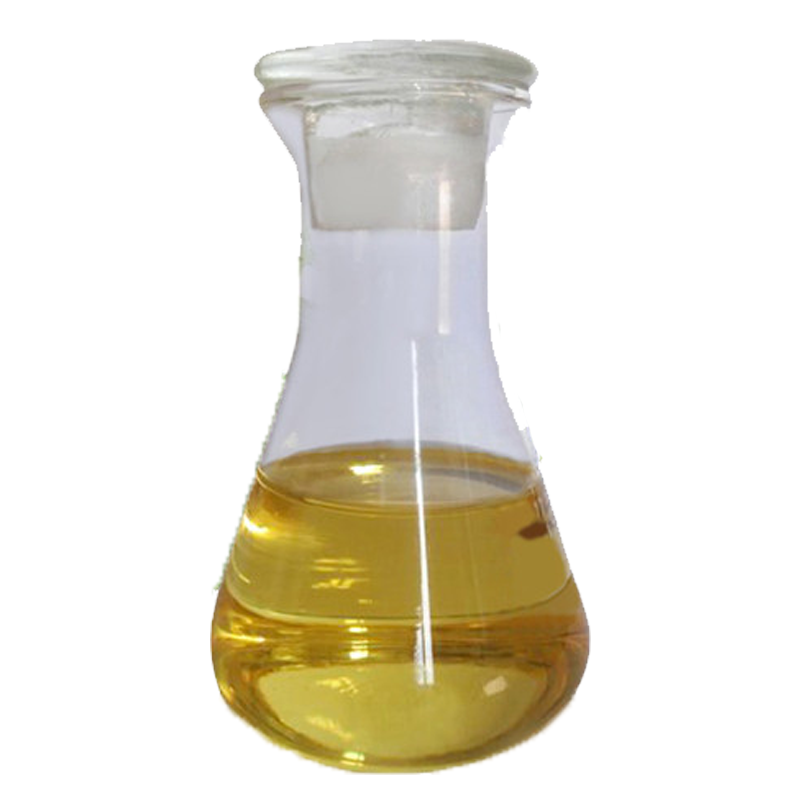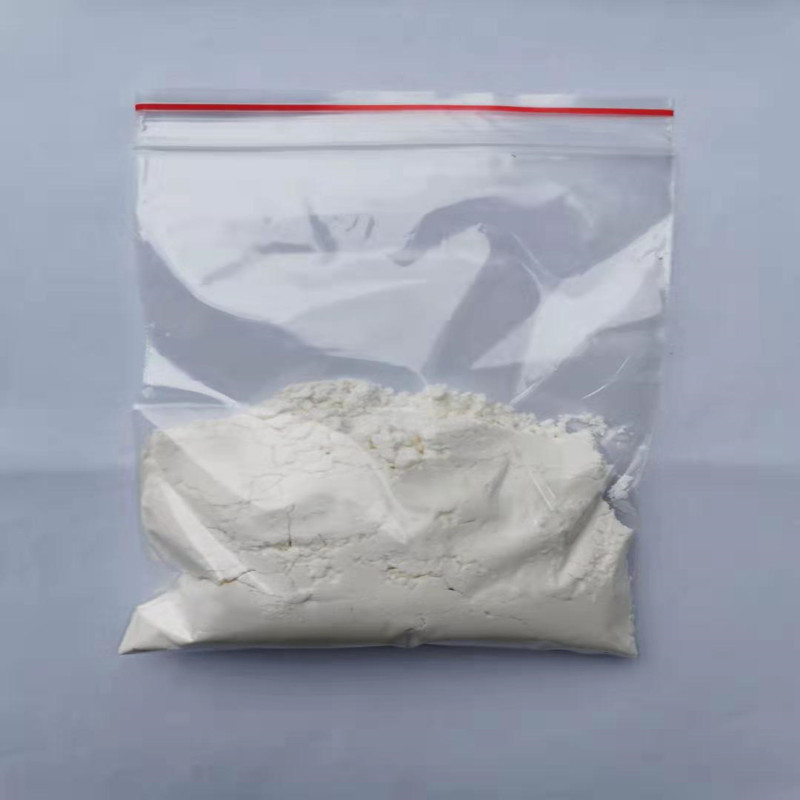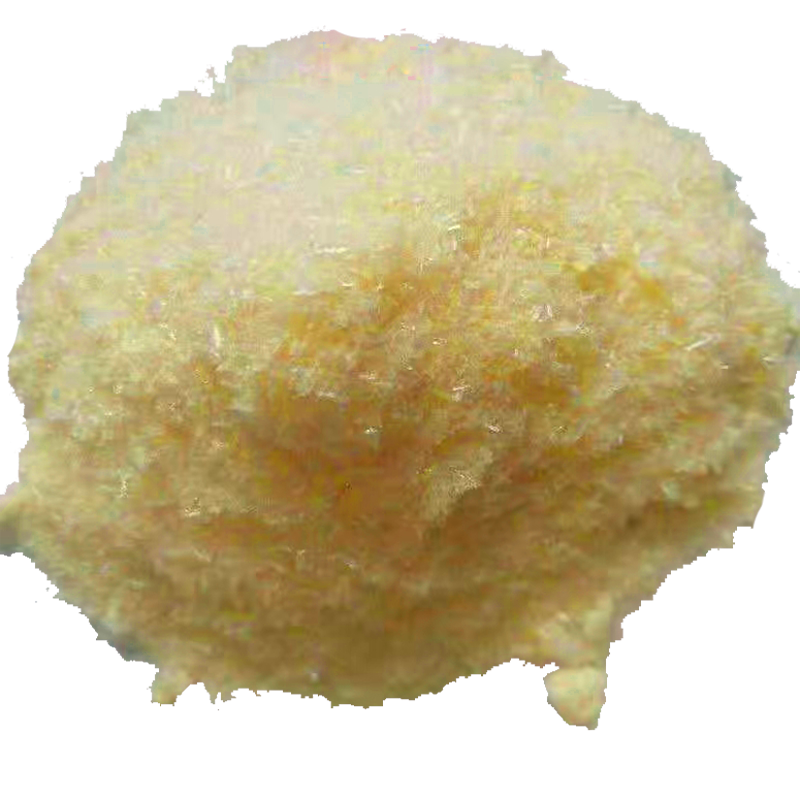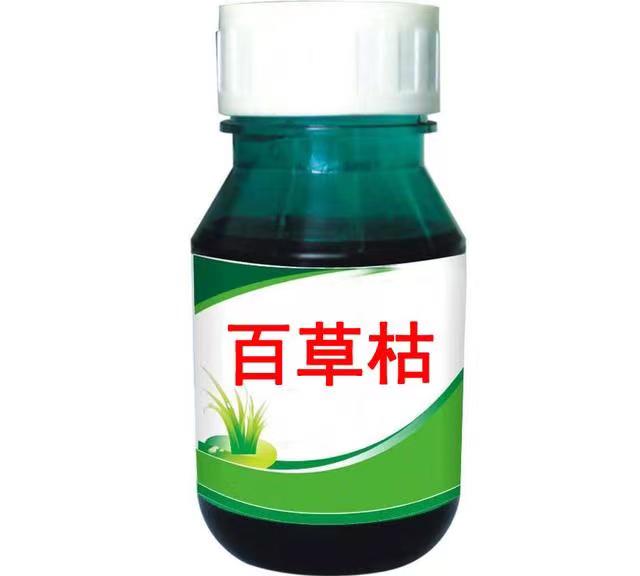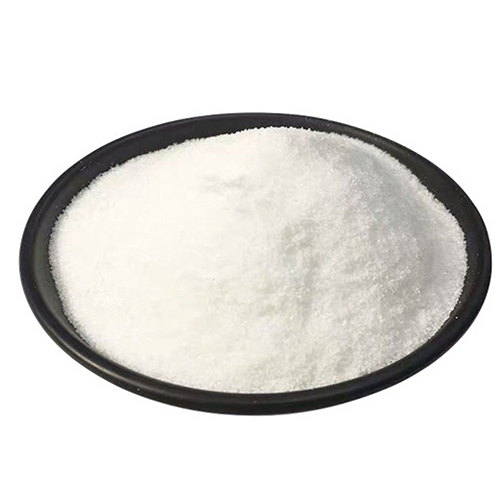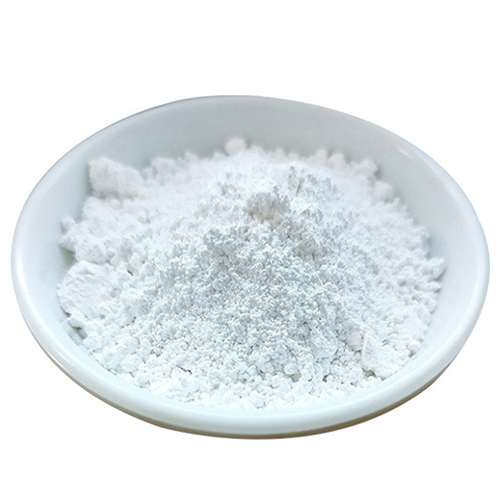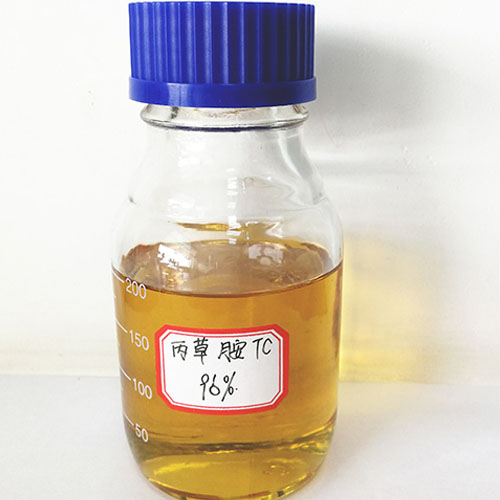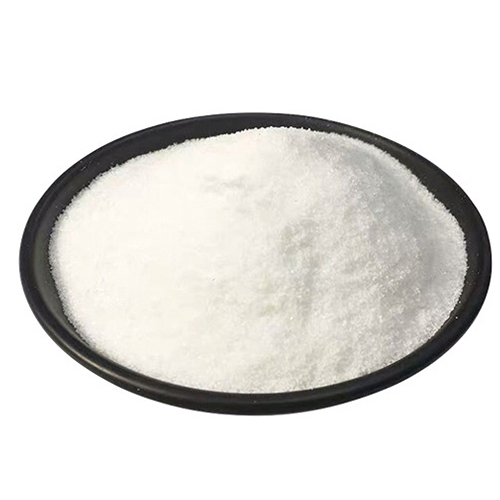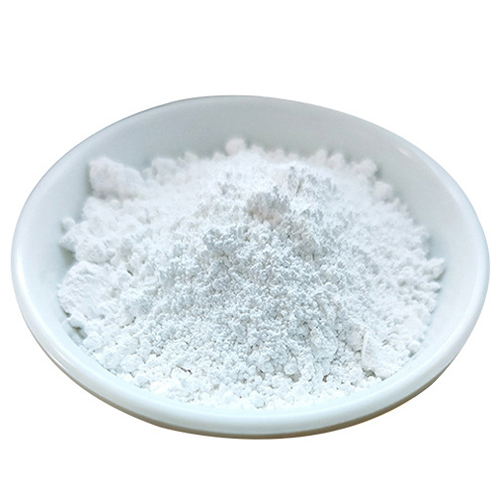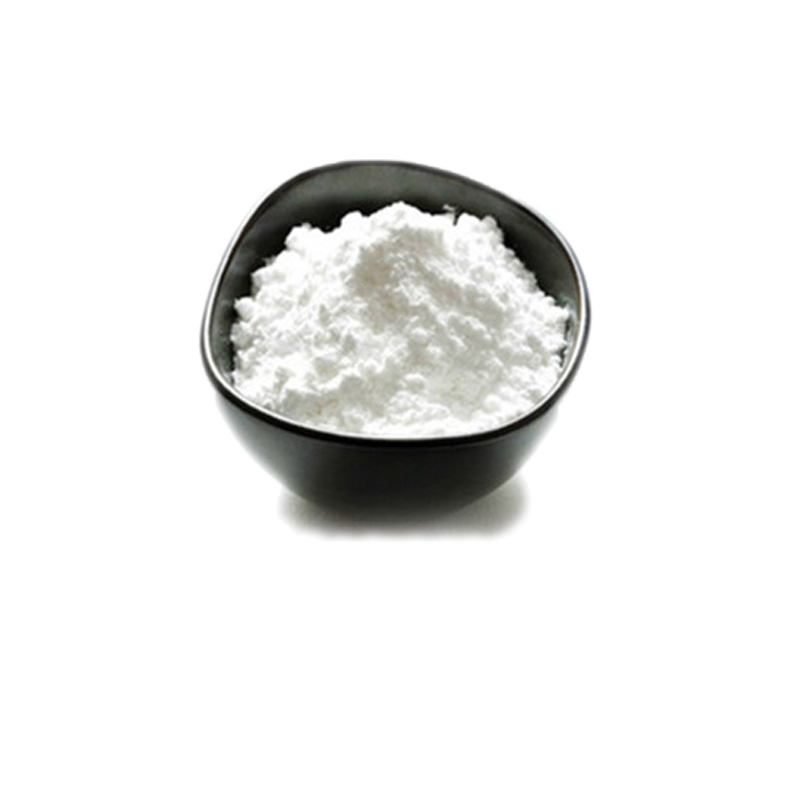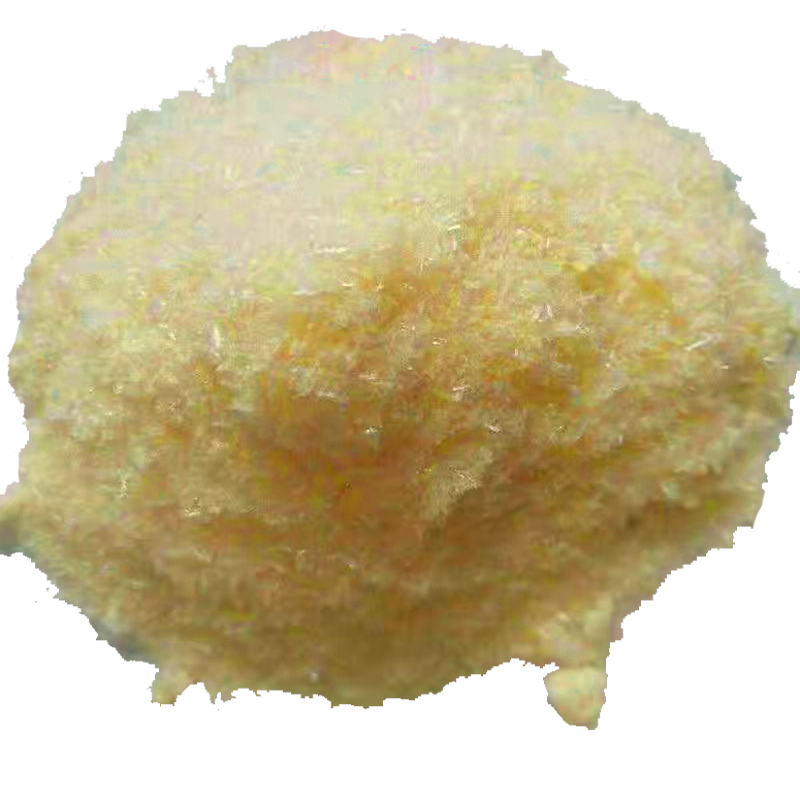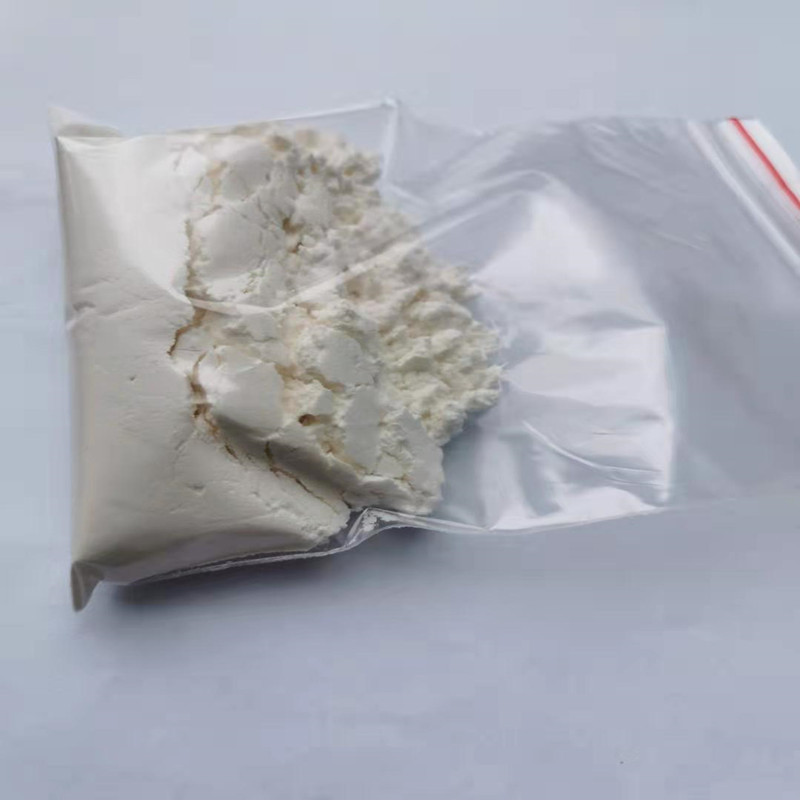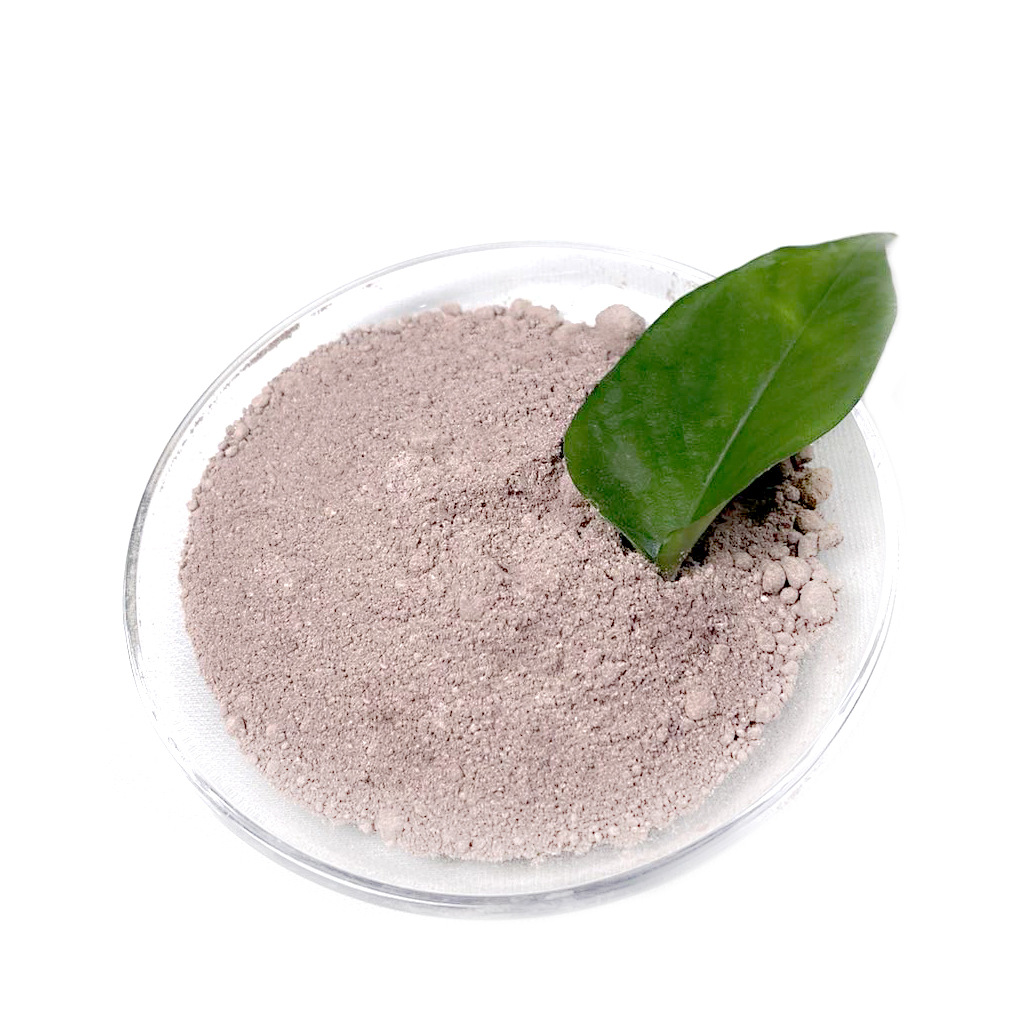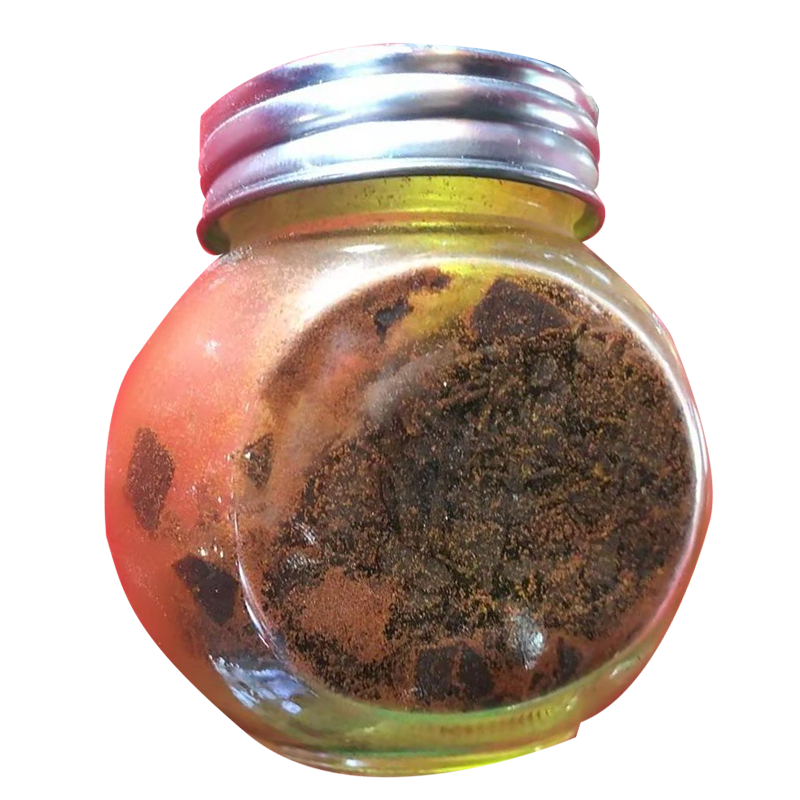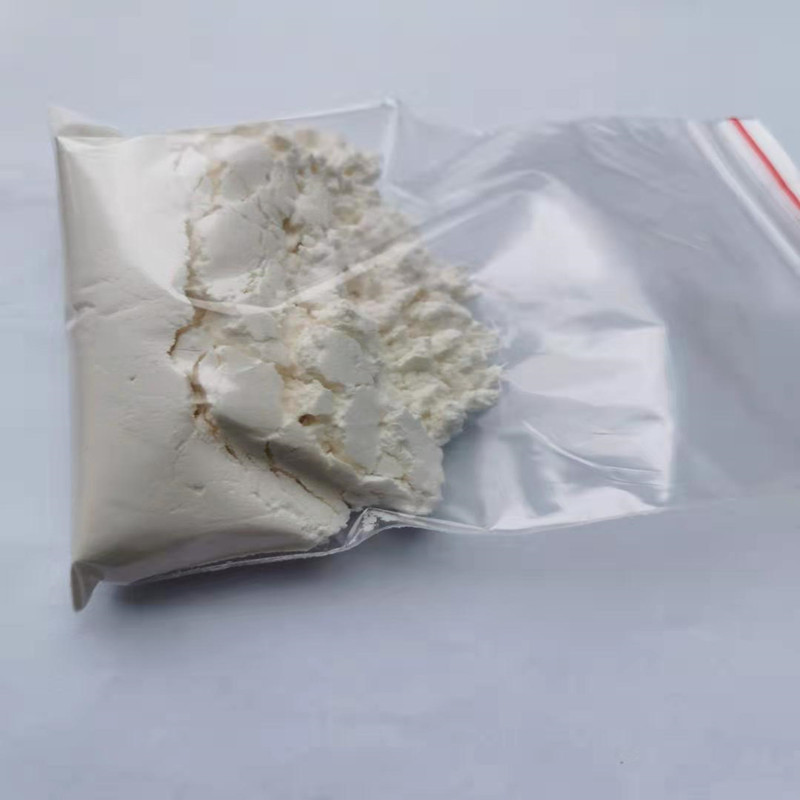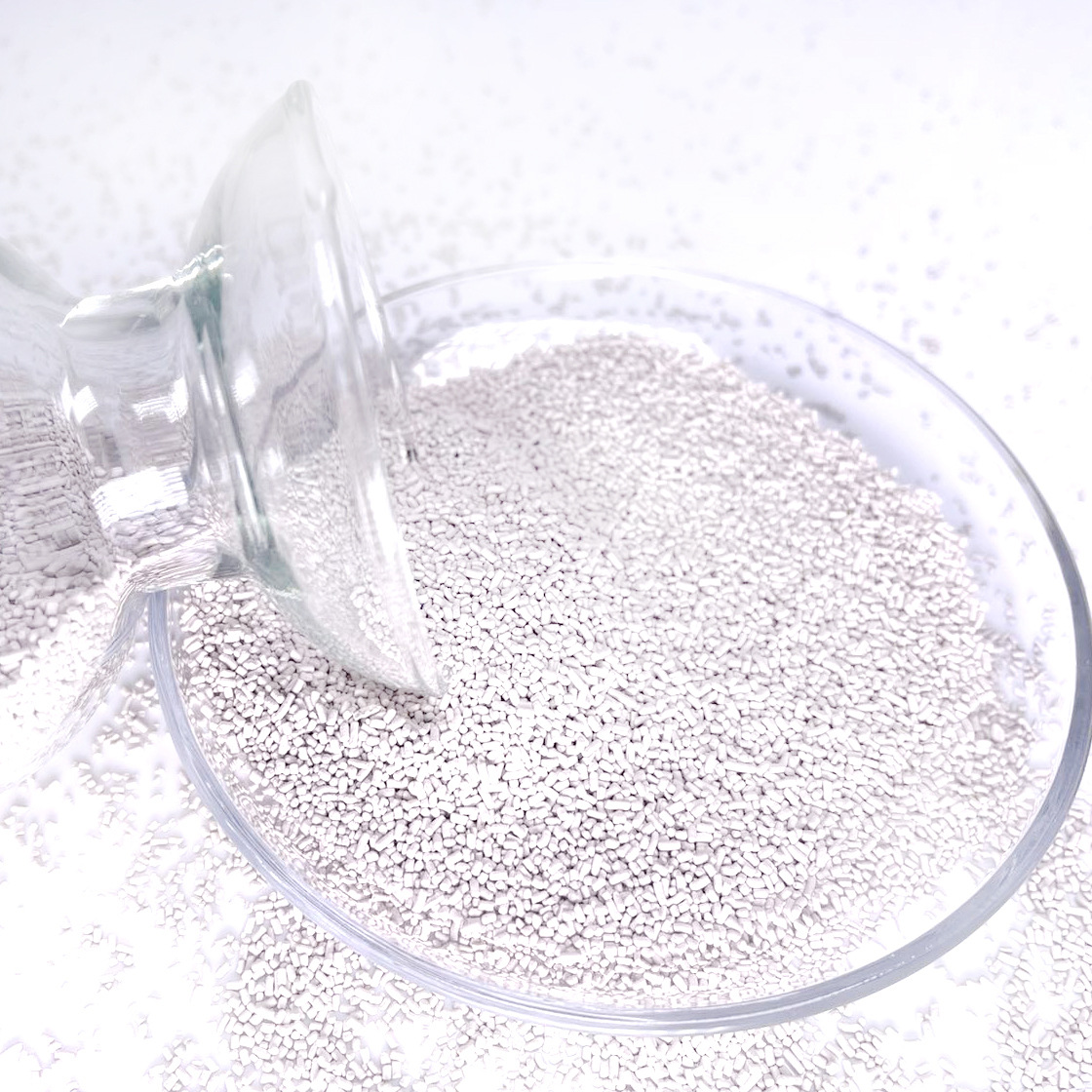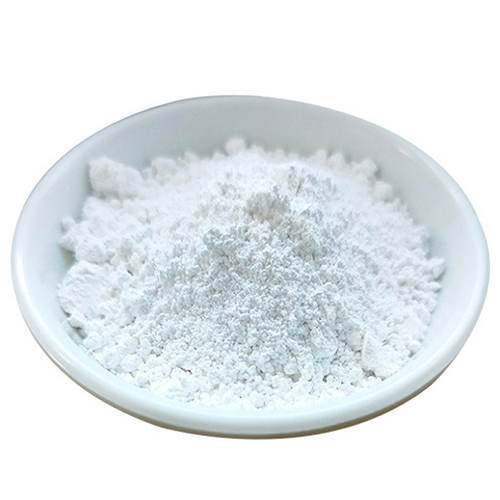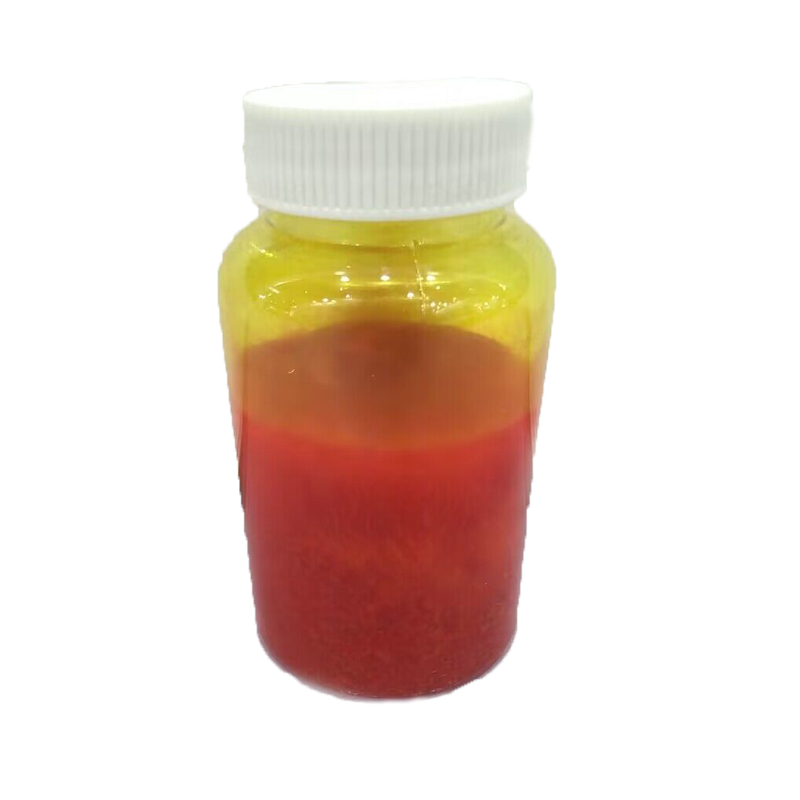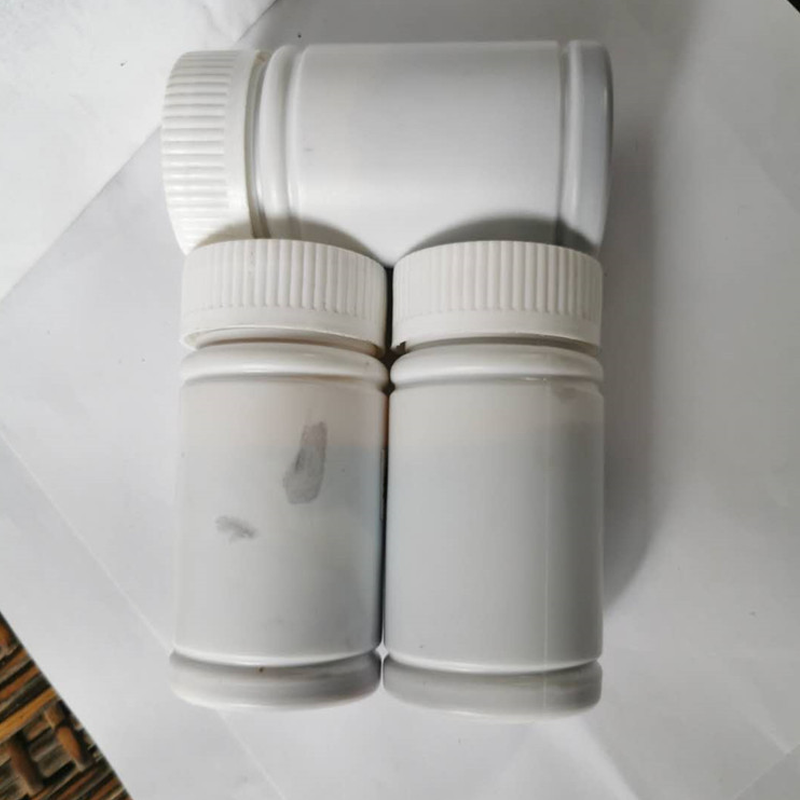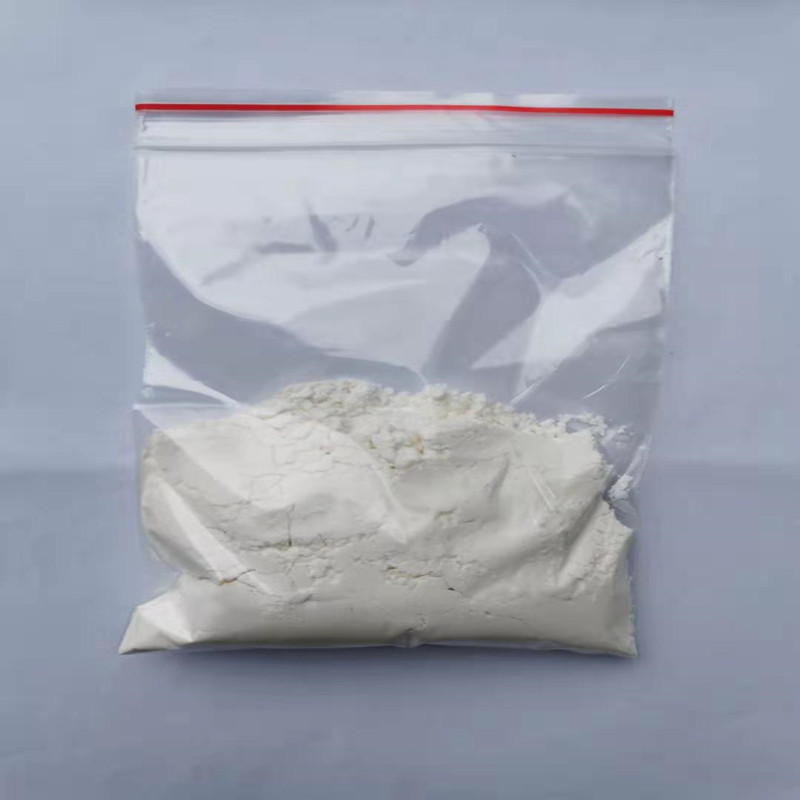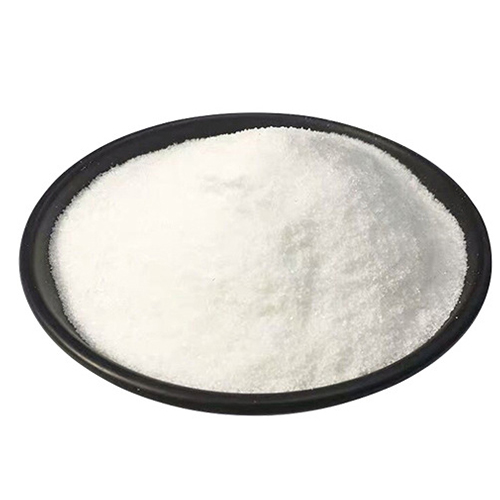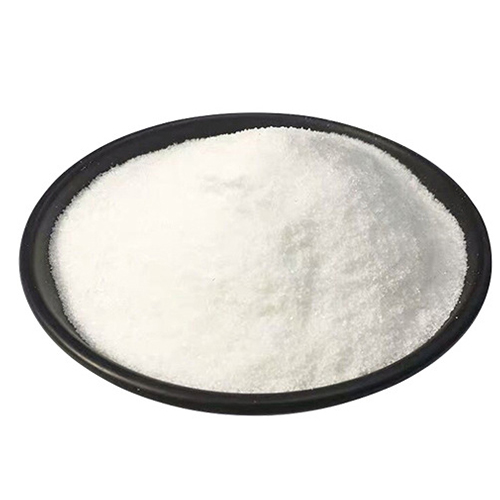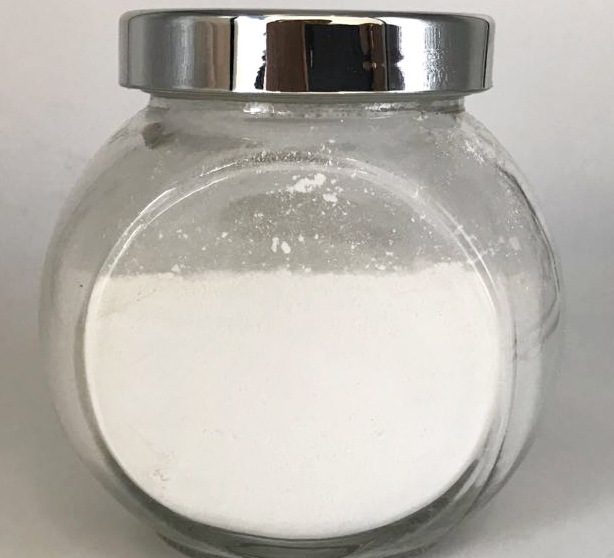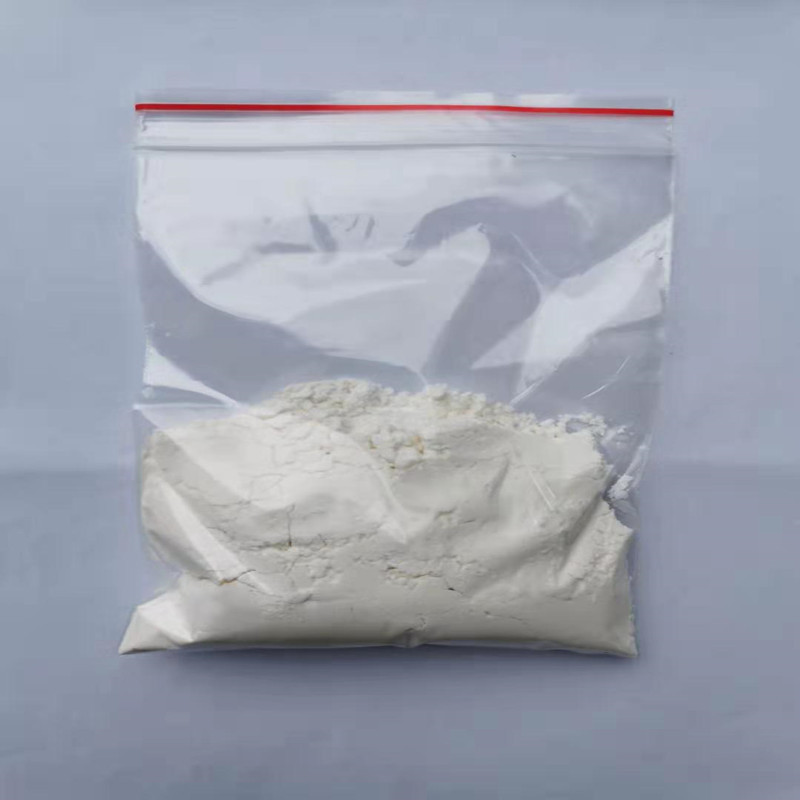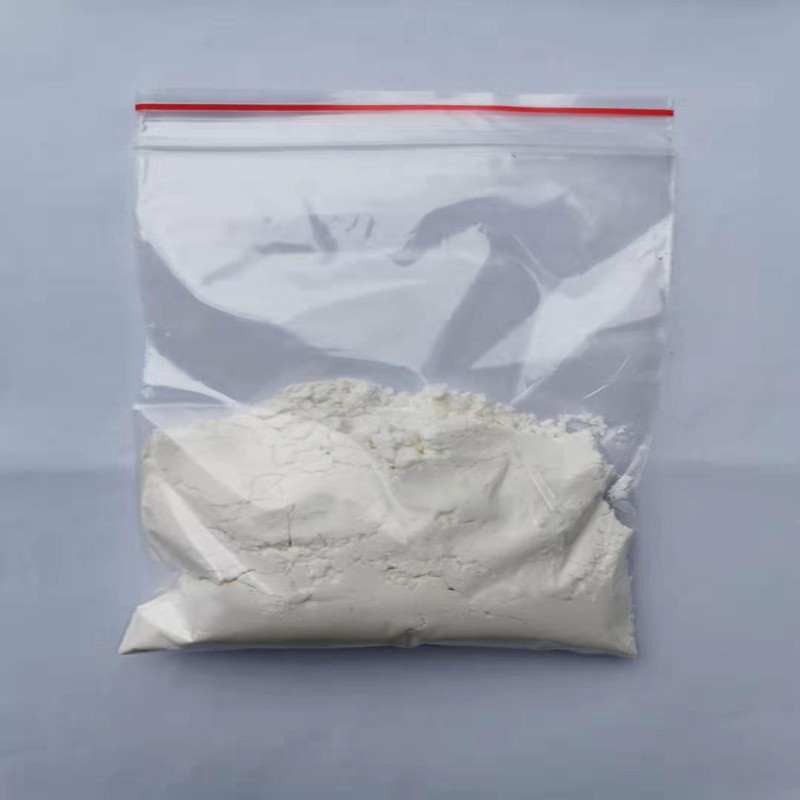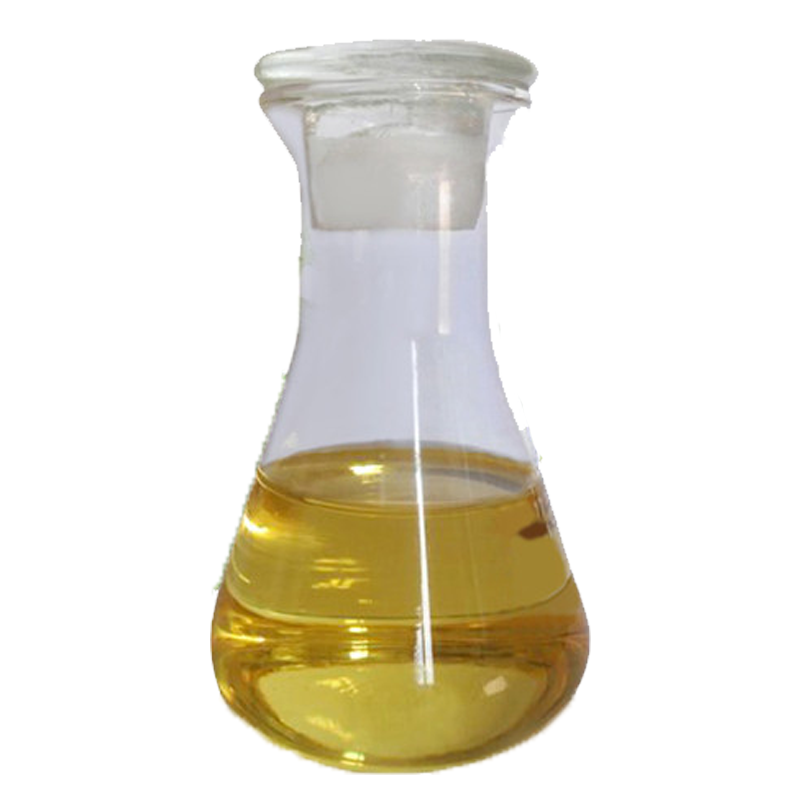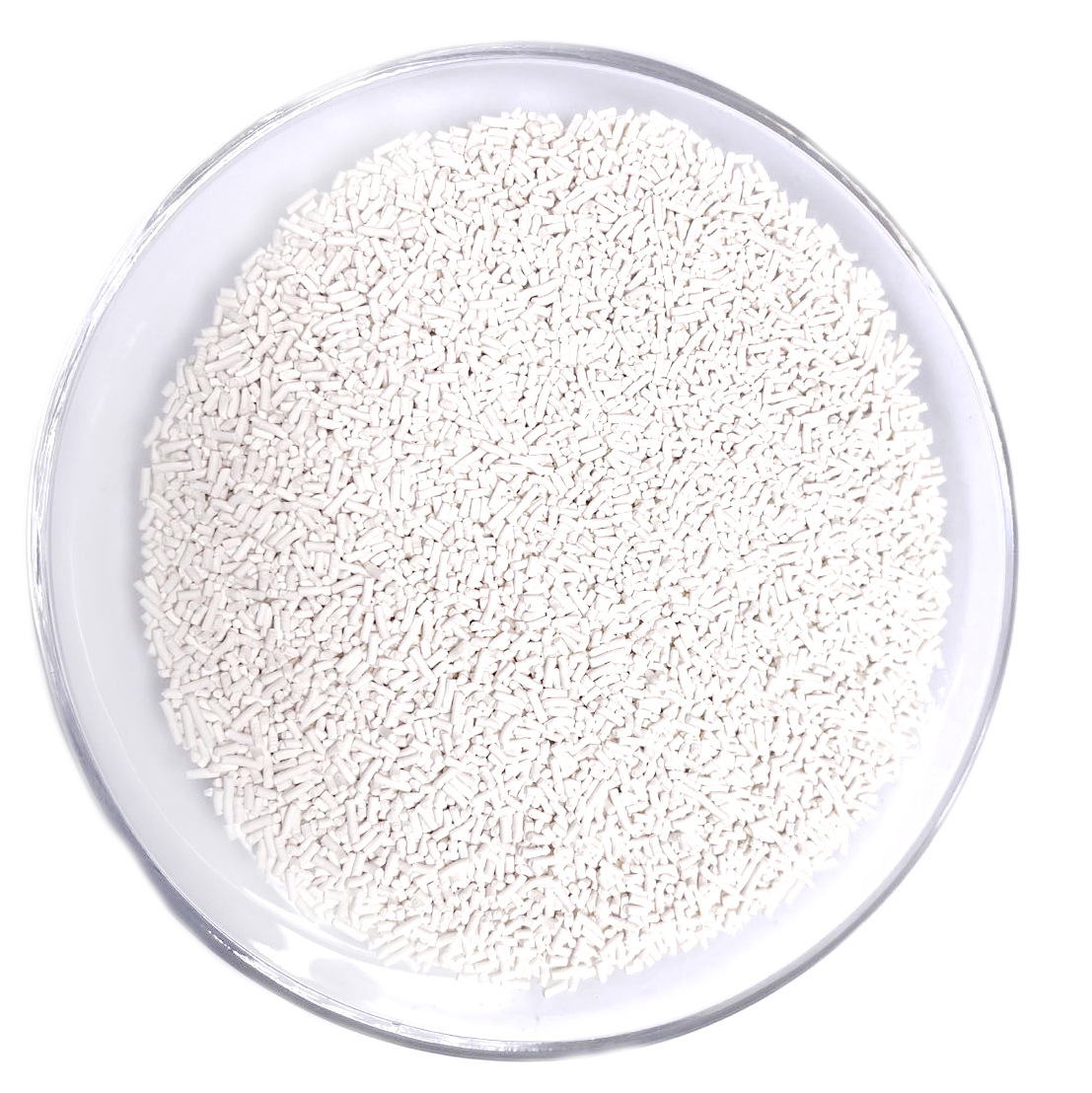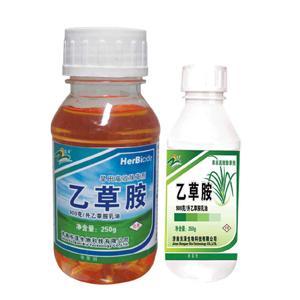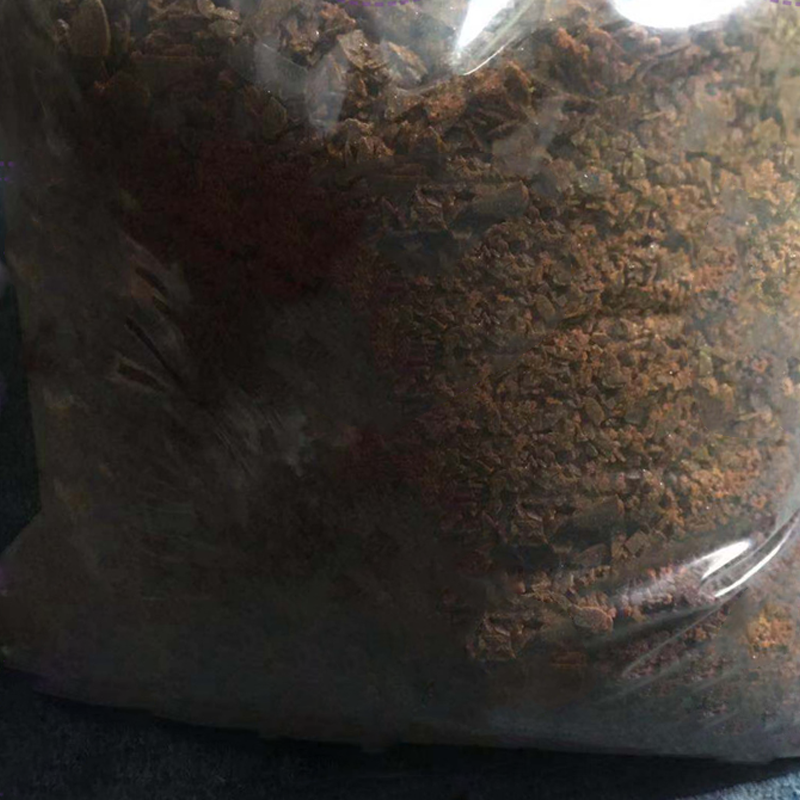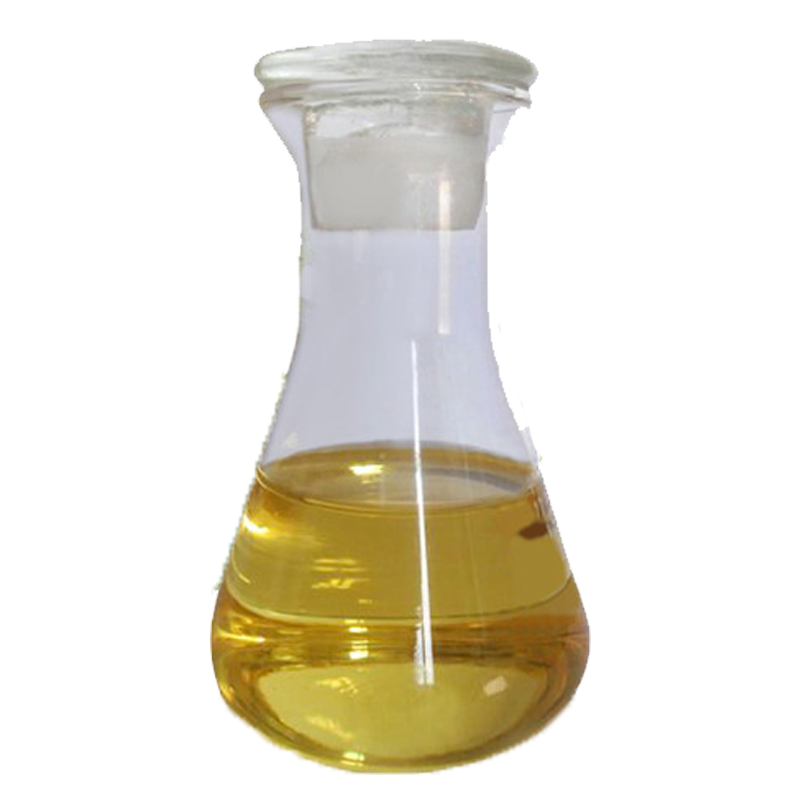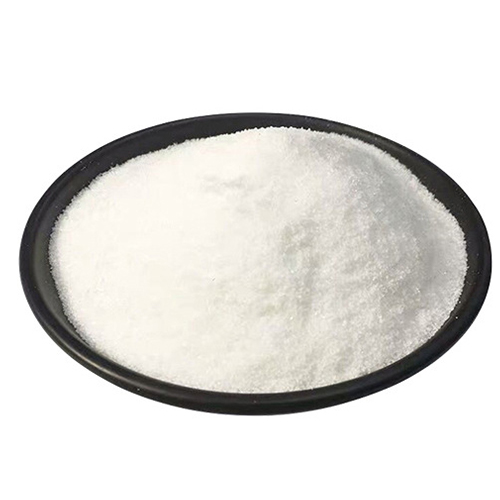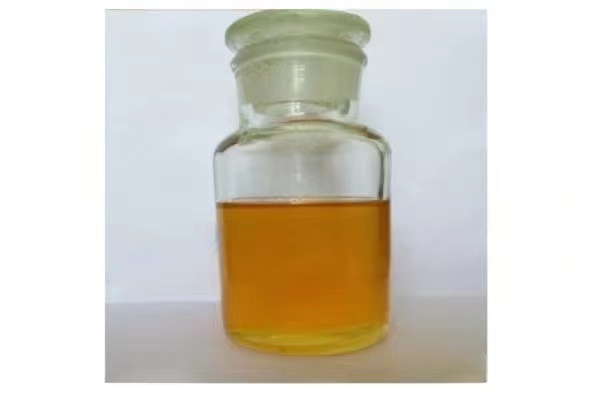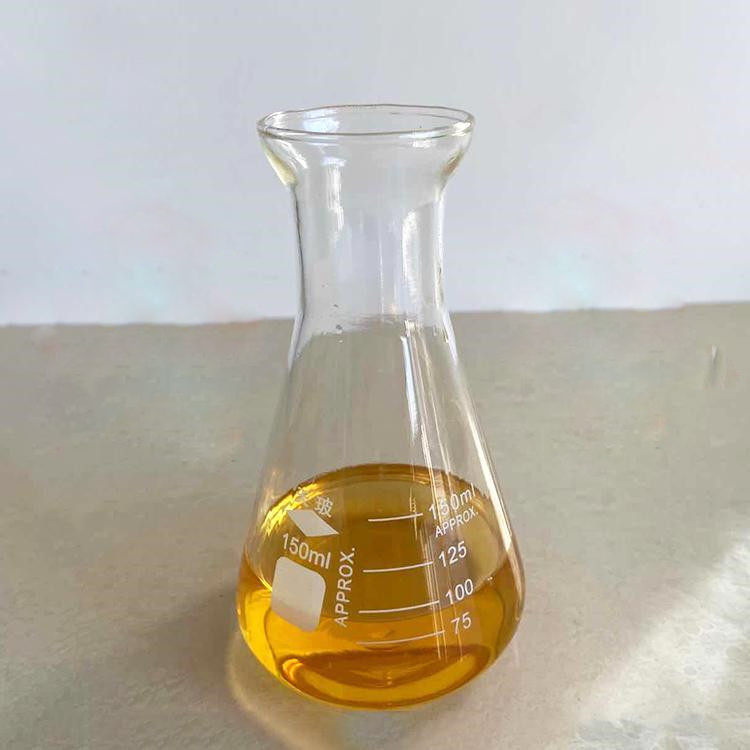
Herbicide Metolachlor 90%TC Cas 51218-45-2
Metolachlor is the active ingredient of Dual, and it is a highly selective amide herbicide with the largest dosage.
CasNo: 51218-45-2
Formula: C15H22ClNO2
Physical State:liquid
Purity(%): 90%
Application: Agricultura
Color: brown
Formulation:5%、72%EC and used to manufacturer more formulated product
- Category: Herbicide
Features of Metolachlor
Main physical and chemical properties: The pure product is a colorless liquid. The boiling point is 100°C/0.13Pa. The solubility in water is low, and it is easily soluble in organic solvents such as benzene and dichloromethane.
Biological activity: It is a selective transporting soil treatment agent. It is absorbed by the young shoots of plants, the coleoptile is mainly absorbed by monocotyledonous plants, and the hypocotyl is absorbed by dicotyledonous plants. The main mechanism of action is to inhibit protease activity and destroy protein synthesis. The acute oral LD50 of the original drug in rats is 2780 mg/kg, and the acute percutaneous LD50 of rats is >3170 mg/kg; it is slightly irritating to the skin of rabbits, but not irritating to the eyes.
The molecular structure of metolachlor contains an asymmetric carbon atom, and it has optical isomers. The common name is refined metolachlor, and the trade name is DualGold. The activity of 65% pure metolachlor was equivalent to that of 100% metolachlor by increasing the concentration of the highly active isomer.
Applications of Metolachlor
Selective pre-emergence herbicide. Grass weeds absorb the drug through young shoots and young roots, inhibit protein synthesis and kill. Applicable to crops such as corn, soybean, rape, cotton, sorghum, vegetables, etc., to control crabgrass, barnyardgrass, goosegrass, foxtail, stephenia, teff and other annual gramineous weeds, and the control effect on broad-leaved grass is poor. If broad-leaved grass and grass weeds are mixed, the two agents can be mixed and used. To control weeds in soybean and corn fields, use 72% emulsifiable oil, 15-23mL/100m2, to spray the soil surface with water after sowing and before emergence.
This product is a pre-emergence herbicide, mainly used to control grass weeds. The product is a 2-chloride acetylaniline herbicide, which is a cell division inhibitor. It can be used in soil treatment to control barnyardgrass, heterosedge, cattle felt, bermudagrass, Alisma narrowleaf, etc. It is usually used 3-5 days before transplanting. This product has poor selectivity to wet-inserted rice when it is applied alone, but it has excellent selectivity to in-line rice when it is used together with chlorpyrifos. For example, if the product is used in a mixture of 600+200 gai/ha, the effect of this product on sedge, heteromorphous sedge, pointed petal flower, and fluttering grass is more than 90%, and the control effect on D. chinensis is 100%. . It is suitable for upland crops such as corn, soybean, peanut, cotton and sorghum.
How to use Metolachlor
From cotton sowing to before emergence, use 100-200 ml of 72% emulsifiable concentrate per mu in the south, 100-300 ml in the north, and 30-50 kg of water, and spray evenly on the surface.
Soil clay and organic matter can adsorb metolachlor, so the dosage should be determined according to soil quality and soil organic matter content. The organic matter content is less than 3%, 100 ml per mu of sandy soil, 140 ml of loamy soil, and 180 ml of clay; the organic matter content is above 3%, 140 ml per mu of sandy soil, 180 ml of loamy soil, and 230 ml of clay.
Metolachlor: The duration of effect is 30-35 days, and the activity will disappear naturally 10-12 weeks after application. Monocotyledonous grass weeds are mainly absorbed through the coleoptile, dicotyledonous weeds are absorbed through young shoots and young roots, conduct upward, inhibit the growth of young shoots and fine roots, sensitive weeds will be poisoned and die after germination, before emergence or just after emergence . Grass weeds are more absorbent than broadleaf. It is advisable to apply the pesticide 3 to 5 days before transplanting, and apply it before emergence 1 to 2 days after sowing in the field. The medicine is easily degraded by soil microorganisms and has a medium duration.
Dosage of Metolachlor
1) Soybean, corn, rape fields. When the soil organic matter content is less than 3%, use 72% metolachlor 100 ml/mu for sandy soil, 140 ml/mu for loamy soil, and 187 ml/mu for clay soil; when the soil organic matter content is above 3%, For 72% metolachlor, use 140 ml/mu for sandy soil, 187 ml/mu for loamy soil, and 233 ml/mu for clay soil. In the south, 72% metolachlor is generally used at 100-150 ml/mu.
2) Peanut field. 72% metolachlor 150-200 ml/mu, the dosage of spring peanuts and summer peanuts in film-covered cultivation can be appropriately reduced, and 72% metolachlor 100-150 ml/mu can be used.
3) Watermelon, pumpkin, potato, beet, cotton, sesame fields. 72% metolachlor EC 100-200 ml/mu. Mixed use: Potato fields use 72% metolachlor 100-187 ml/mu + 70% mecitrione 20-40 g/mu.
4) Use 72% metolachlor 80-127 ml/mu before transplanting cabbage and cauliflower.
5) Pepper, eggplant, tomato, ginger, garlic fields. 72% metolachlor 100-150 ml/mu.
6) Cabbage field. North China uses 72% metolachlor at 80-100 ml/mu. In the middle and lower reaches of the Yangtze River, 50-80 ml/mu of 72% metolachlor is used for summer sowing pakchoi.
7) Celery Nursery. 72% metolachlor 100-127 ml/mu.
8) Leek Nursery. 72% metolachlor 100-127 ml/mu. Old stubble leek field 72% metolachlor 80-100 ml/mu. There are many kinds of vegetables, and annual vegetables propagated with small seeds, such as amaranth, coriander, and celery, are sensitive to metolachlor and should not be used.
9) Sugar cane fields. ①Use 72% metolachlor 100-200 ml/mu before planting sugarcane. Mixed use: 72% metolachlor 100ml/mu + 38% atrazine 100-200ml/mu. ②Use 100-150 ml/mu of 72% metolachlor before film-mulching in sugarcane film-mulched fields (cleaning or interplanting).
10) Carrot fields. 72% metolachlor 100-200 ml/mu.
Package of Metolachlor
We also supply some accessories to add more functions for end-users' convenience, which also help our distributors and business partners sell our products in their area. Any special package requirements, please don't be hesitate to tell us.
Large Package:
Solid: 25Kg UN approved fiber drums with LDPE liner;
Liquid: 200L UN approved HDPE or iron drums.
Retail Package:
Solid: 10g;50g;100g;500g;1kg;5kg;25kg
Supplier of Metolachlor
Agripestcide is a professional pesticide chemical manufacturer provides high quality and effective Metolachlor with high quality and good service. If you are looking for Metolachlor in bulk, feel free to contact us to get the latest price.
Name | Metolachlor |
Formula | C15H22ClNO2 |
Molecular Weight | 283.79 |
EINECS N0. | 618-004-1 |
Melting Point | -39.9°C |
Boiling Point | 82°C (rough estimate) |
Physical State | liquid |
Color | brown |
Purity | 90% |
Package | 25kg Cardboard barrel |
Application | Agricultural |
Storage | Ventilation low temperature drying |
Sample | Available |
EXP | 2 years |
Send an Inquiry
Your email address will not published. Required fieled are marked.
Related Products
Check out other related Products

